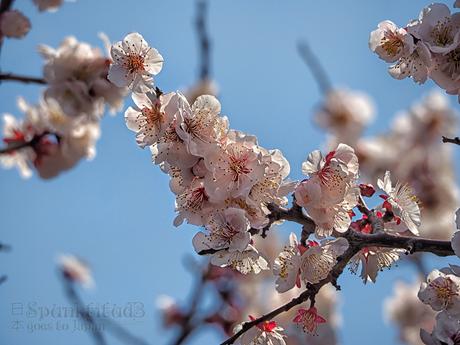 Every year, the arrival of plum blossoms (ume 梅) herald the start of spring. These beauties typically bloom between February and March. The event is celebrated with plum festivals (ume matsuri 梅祭り) in public parks, shrines and temples across the country.
Every year, the arrival of plum blossoms (ume 梅) herald the start of spring. These beauties typically bloom between February and March. The event is celebrated with plum festivals (ume matsuri 梅祭り) in public parks, shrines and temples across the country. I was happy to view the plum blossoms at Yushima Tenjin Shrine right in Tokyo.
I was happy to view the plum blossoms at Yushima Tenjin Shrine right in Tokyo. Yushima Tenjin 湯島天神,also known as Yushima Tenmangu 湯島天満宮, is a Shinto shrine originally built in 458 A.D. to worship Ameno Tajikaraono Mikoto 天手力雄命, one of deities associated with strength and sports. Later in February 1355, the spirit of Sugawara Michizane 菅原道真, a historical figure, was also enshrined here to venerate his extraordinary virtue as a scholar.
Yushima Tenjin 湯島天神,also known as Yushima Tenmangu 湯島天満宮, is a Shinto shrine originally built in 458 A.D. to worship Ameno Tajikaraono Mikoto 天手力雄命, one of deities associated with strength and sports. Later in February 1355, the spirit of Sugawara Michizane 菅原道真, a historical figure, was also enshrined here to venerate his extraordinary virtue as a scholar.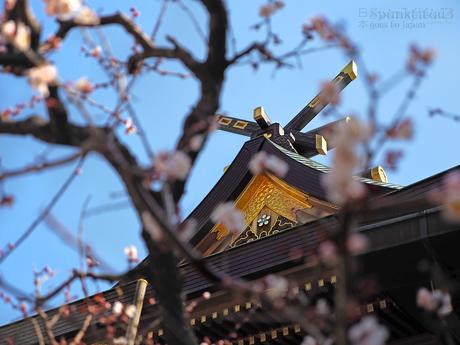
Due to Tenjin’s great love of plum blossoms, Yushima Tenjin maintains a garden of 300 plum trees made up of 20 varieties (Shirokaga white plums). The shrine also holds a yearly plum blossom festival (ume matsuri 梅祭り) every Feb-March depending on when the flowers bloom.
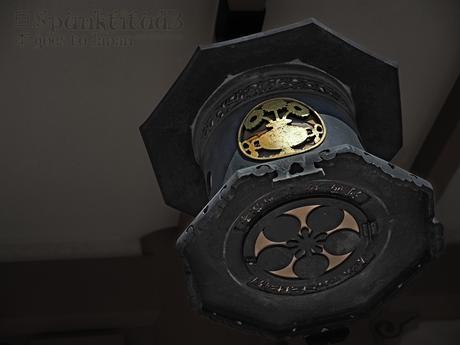 Before the Nara period, the term hanami (flower viewing) in Japan referred to the act of admiring plum blossoms before becoming almost exclusively linked with sakura by the Heian Period (794–1185).
Before the Nara period, the term hanami (flower viewing) in Japan referred to the act of admiring plum blossoms before becoming almost exclusively linked with sakura by the Heian Period (794–1185).
Lord Sugawara wrote a famous poem that read:
“Let the east wind blow and send your fragrance
Oh, plum blossoms
Do not forget the spring
Even though your master is gone”
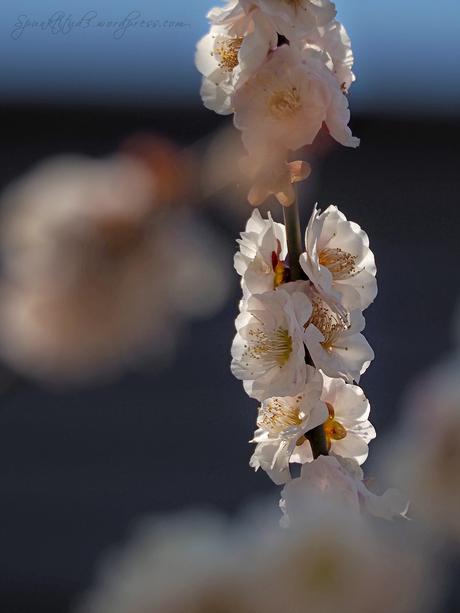
Some ways to tell plum and cherry blossoms apart – cherry blossoms have split-ended petals while plum blossoms don’t. Several cherry blossoms bloom from a single oval bud, whereas there’s only one plum blossom per round bud. And, unlike cherry blossoms, plum blossoms have a strong, sweet fragrance.

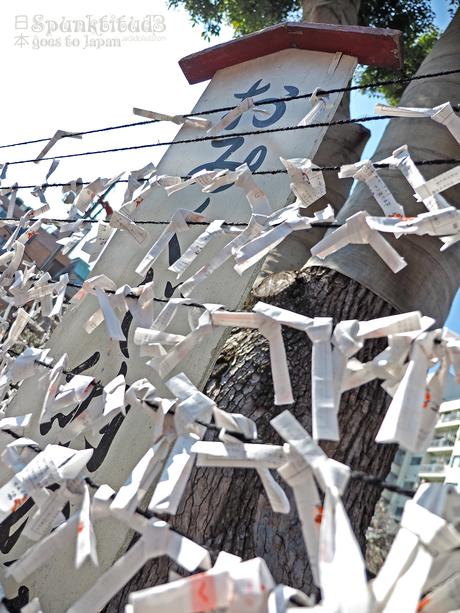
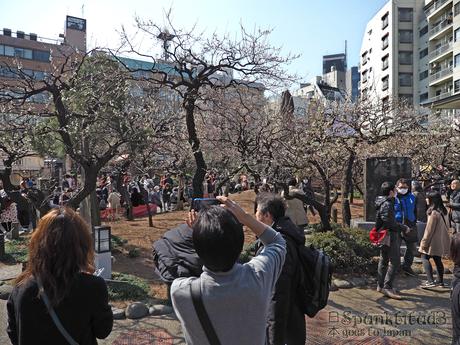
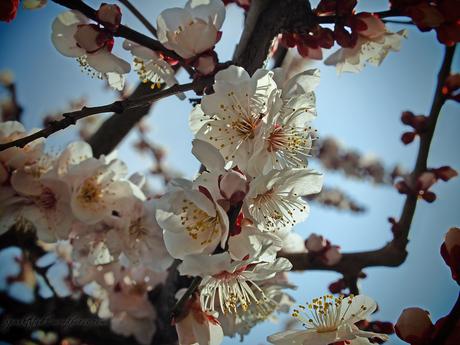


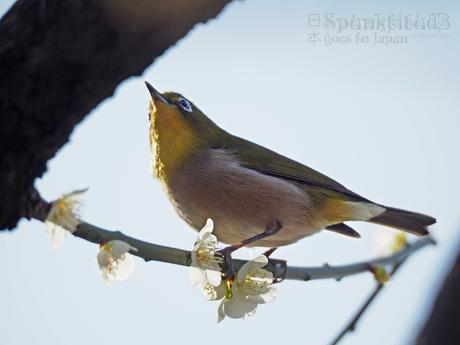
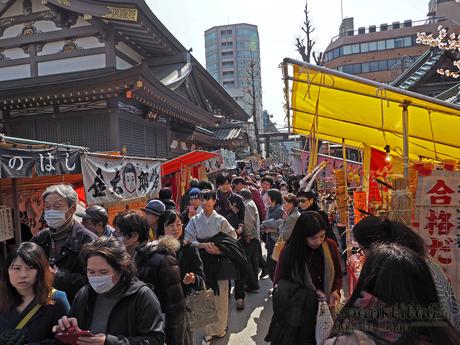
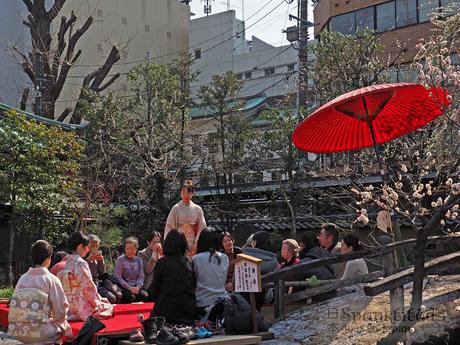
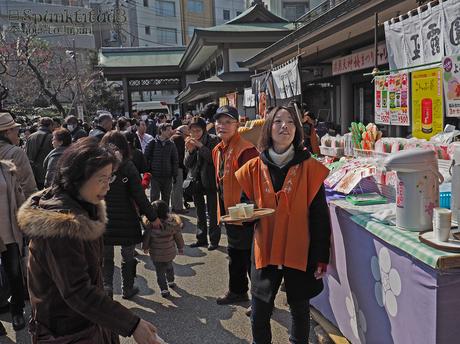

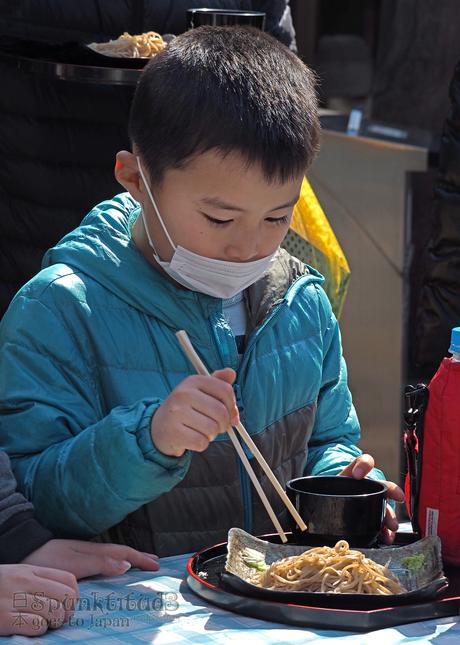


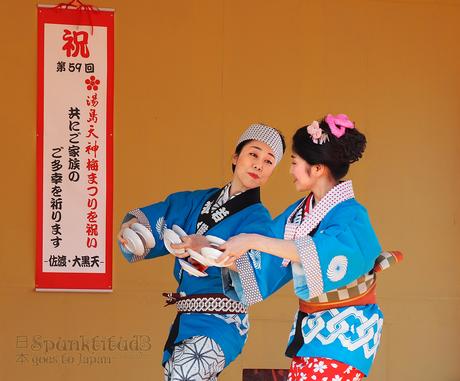
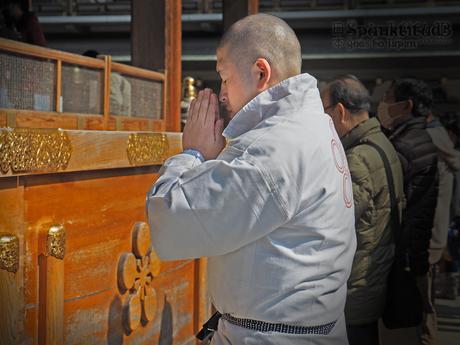
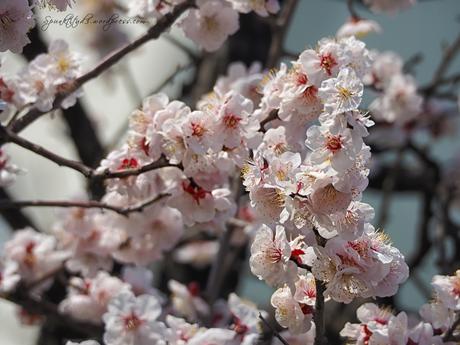
Yushima Tenjin Shrine 湯島天神 (Tenmangu 天満宮)
Address: 3-30-1 Yushima, Bunkyo-ku, 〒113-0034 Tokyo
Opening Times: 6:00AM – 8:00PM daily
Nearest Train Stations:
– Yushima 湯島 Station, Exit 3 on Oeda and Chiyoda subway lines, 2mins walk (easiest)
– City bus 02 and 69, Stop at Yushima San-Cho-Me 湯島三丁目, 2mins walk
– Ueno-hirokoji 上野広小路 Station, Exit A4 on Ginza subway line, 5mins walk
– Hongo San-cho-me 本郷三丁目Station on Marunouchi Line, 8mins walk
– Okachimachi 御徒町 Station on JR Line, 8mins walk
Best times to view plum blossoms: Yushima Tenmangu Shrine Flower information (usually mid-Feb to early-March)

